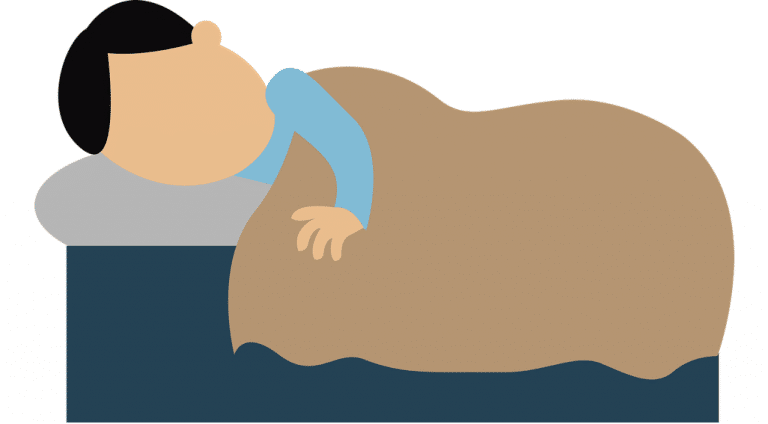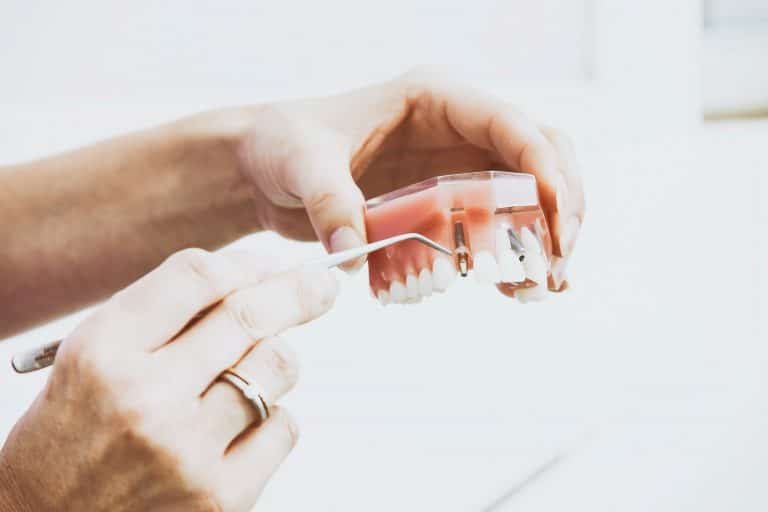Contrary to chemotherapy (chemo), hormonal therapy often has fewer side effects. For some women, symptoms are nearly nonexistent. Some women experience temporary side effects. It’s necessary to tell your healthcare provider about any side effects. These symptoms can be minor, while most hormone therapy treatments last long. Symptoms can persist during treatment if not addressed.
Always discuss alternative remedies with your healthcare provider. They can interfere with treatment or bioidentical hormone replacement therapy. Some ways to cope with hormonal side effects are given below.
1. Hot flashes
It is also called hot flushes. An attack of heat can occur with or without sweating to the face, neck, upper chest, and back. Heat attacks can last from seconds to hours. Taking hormonal therapy can cause this side effect. It is not for everyone. For some, it can be very severe. For many women, hormonal treatments stop hot flashes. Hot flashes can sometimes last for years after treatment is completed. Here are some ways to manage them. Many are untested:
Progestin is a form of progesterone called megestrol acetate. Some of its side effects are related to its effect on hot flash severity. Bloating and breast soreness are among the symptoms.
-Venlafaxine, for example, is an antidepressant
-Gabaptin
Normally, clonidine lowers high blood pressure. However, it may be no more effective than a placebo. Drowsiness, dizziness, and dry mouth are potential side effects.
Phytoestrogens. Plants produce phytoestrogens. Phytoestrogens are found in soy products and some herbs. It is often recommended to increase phytoestrogen intake to ease hot flashes. Study results contradict each other, however.
- Training for relaxation
- Changes in diet. Stop drinking alcohol and caffeine.
- Clothes. Dress in layers of cotton clothes that are easy to remove.
- Skin temperature can be lowered using sprays or moist wipes.
- Acupuncture
2. Dry vaginal skin and other vaginal problems
It can be uncomfortable to have dryness and discharge in the vaginal area. This symptom can be treated with vaginal moisturizers and lubricants. A vaginal moisturizer can be used as needed to keep the vagina moist. Before having sex, lubricants can be applied to the vaginal area.
Women may also experience vaginal thinning in addition to vaginal dryness. Sex can become painful or difficult. Lubricants may be able to help with this issue. You may also get more vaginal infections. Over-the-counter antifungal creams can be used to treat yeast infections. Consult your gynecologist if the symptoms do not go away.
3. Fatigue
Lack of energy and fatigue are common problems among cancer patients. Some factors can cause fatigue. They are anemia, depression, pain, poor nutrition, medicines, and insufficient sleep.
Prevention of fatigue involves:
- Regularly go to bed.
- During the day, take short power naps.
- Exercise under the supervision of your healthcare provider and walk at least 10 minutes every day.
- Drink fluids and eat healthily.
- Fatigue can also be caused by anemia.
- A blood growth stimulator may be prescribed in this case. Blood transfusions are another option.
4. Vomiting and nausea
Hormone therapy has a lower rate of this side effect than chemotherapy. Nausea usually disappears by itself. Symptoms can be managed by eating bland foods such as crackers, toast, and cereal. Drink 8-10 glasses of fluids a day. They can be water, broth, or electrolytes. You may be prescribed antinausea or antianxiety medicines to treat or prevent nausea or vomiting.
Dehydration may require IV (intravenous) fluids.
5. Constipation
Hormone therapy is less likely to cause constipation. Symptoms can be eased by:
- Exercise every day.
- Fiber-rich foods. Among them are fruits, vegetables, wholegrain bread, and cereals.
- Getting plenty of liquids – 6 to 8 glasses a day
If these things don’t work, you may need to use a stool softener or laxative.
6. Weight gain
You can lose weight by exercising 20 to 30 minutes a day and following a weight management program. Talk to your healthcare provider when getting started and eat healthy foods low in fat.








![Home Renovation Guide [2025]](/app/uploads/2021/04/design-hacks-1-378x300.jpg)


